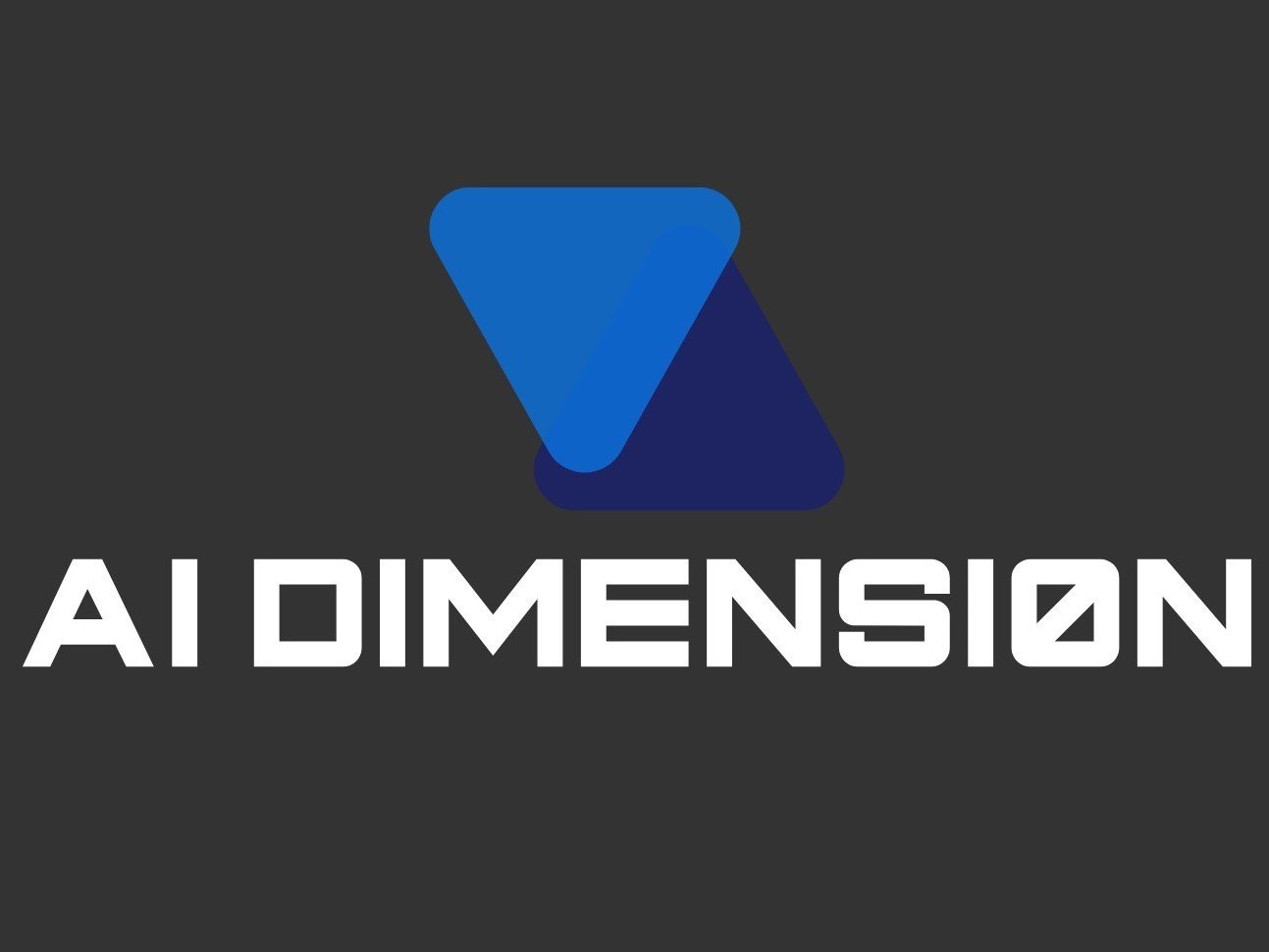Route and schedule optimisation sounds simple on the surface but is incredibly challenging. Unlike a jigsaw, which has a single correct solution which can be found relatively easily, there can be more ways to organise routes and schedules than there are atoms in the known universe!
Read more about how complex it is here Homecare and community care scheduling – how complex can it be?
These types of problems are recognised in computer science as being some of the toughest to tackle, and finding good solutions requires some very sophisticated approaches.
🎯Optimisation world records
SINTEF, one of Europe’s largest research institutes, publishes benchmark datasets which simulate types of real-world optimisation problems. The largest datasets simulate problems with 1’000 customers. The objective is firstly, to minimise the number of vehicles used and secondly, minimise the total distance travelled. For each problem, they publish the best-known solution, essentially setting a world record.
This generates a lot of academic interest, with papers published testing new approaches or variations and hunting for new records, often just a fraction of a percent better than the previous record.
Record hunters often use the previous best-known solution as a starting point and build hyper-optimised algorithms, then use huge amounts of compute time to find marginal gains with the benchmark datasets.
🏆AI Dimension’s Approach
At AI Dimension, we focus on solving real-world optimisation problems for our customers. With over 20 years of experience, we can say that real-world optimisation problems are often far more nuanced and complex to solve than the SINTEF benchmark tests.
We don’t dedicate any effort specially to finding SINTEF records, but we do include some of the benchmark datasets as part of our regular software testing. We do this partly to verify our software performance (both in terms of speed and results) after making any changes and partly as a useful comparison of baseline algorithm quality.
Our tests always start from scratch and use the exact same software our customers use, along with very limited compute time.
Using this approach, our algorithms have currently found 99 solutions that match existing world records.
🌍Real-World Optimisation problems
Our customers’ businesses are often highly dynamic, and Optimisation needs to be able to respond to operational changes by producing high quality optimised solutions in a short timeframe.
Since the start, we’ve emphasised performance and scalability, and our AI solves customer optimisation problems involving tens of thousands of orders (visits, deliveries, pickups…)
AI Dimension’s Optimisation utilises proprietary AI, including metaheuristics and machine learning. Our novel method of using parallel computing in optimisation is patented worldwide and provides scalability for handling larger optimisation problems as well as flexibility in balancing cost, speed, and performance.
In addition to the raw performance of the Optimisation AI, it must be able to handle the diverse and nuanced requirements of the different settings where it’s used. These are all types of logistics problems but are very different. For example, delivering care is obviously very different to delivering a parcel. We’re proud of the work we’ve done to adapt our AI for the diverse settings where it’s used, including:
- Transport logistics: freight, last-mile, pickups and deliveries, multi-depot…
- Field service
- Meal delivery
- School transport
- Winter road maintenance
- Healthcare: Community health, nursing, home hospital, integrated teams…
- Homecare, domiciliary care
🚀 More than just optimising routes and schedules
When there can easily be more permutations for creating routes than there are atoms in the known universe, it isn’t surprising that human planners struggle with this task, yet they just aren’t aware how much better they could be.
People are often surprised at how much better the solutions from Optimisation can be – often requiring significantly less travelling and fewer vehicles, shifts or workers while also improving quality and stability.
This can be more profound than just optimising routes and schedules as it can unlock improved ways of working and wider systemic improvements.



